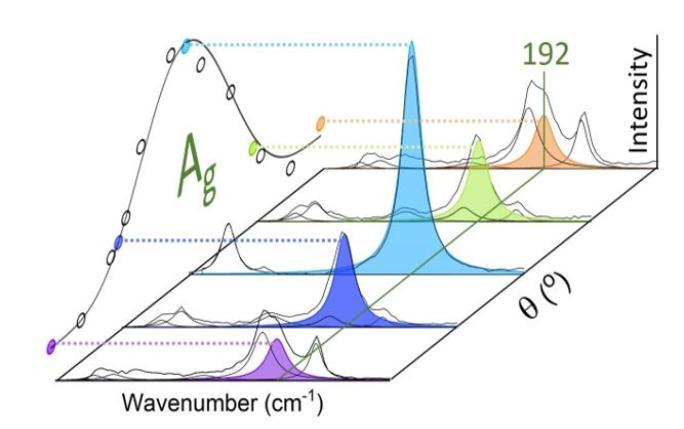Raman spectroscopy of antimony selenide for solar cells

Antimony selenide (Sb2Se3) is a material currently attracting increasing interest for low-cost, large-scale applications in solar cells with rapidly increasing efficiencies. Surprisingly, its fundamental properties are not very well documented so far. In a recent study by Physics PhD students Nicole Fleck and Theo Hobson in the groups of Tim Veal, Ken Durose and Frank Jaeckel the vibrational properties of Sb2Se3 were investigated. By using high quality bulk crystals grown in-house in combination with a rigorous analytic approach and comparison with DFT calculations (collaboration with the group of David Scanlon at UCL) the symmetries of the material’s vibrations could be assigned fully for the first time. In addition, the study found that the intensity of the 155 cm-1 vibrational mode is smallest in the crystals’ preferred orientation for most efficient solar cell performance thus suggesting a straight-forward method for in-line process monitoring in solar cell fabrication.
This work was published in the Journal of Materials Chemistry A (https://dx.doi.org/10.1039/D0TA01783C) and is featured in the RSC’s themed collection “Journal of Materials Chemistry A HOT Papers”
Image:Raman spectra as a function of excitation polarisation orientation () for different crystal orientations allow the assignment of symmetries to individual vibrational modes (here at 192 cm-1). Reproduced with permission from N. Fleck et al. J. Mater. Chem. A (2020) DOI: 10.1039/D0TA01783C - Published by The Royal Society of Chemistry.